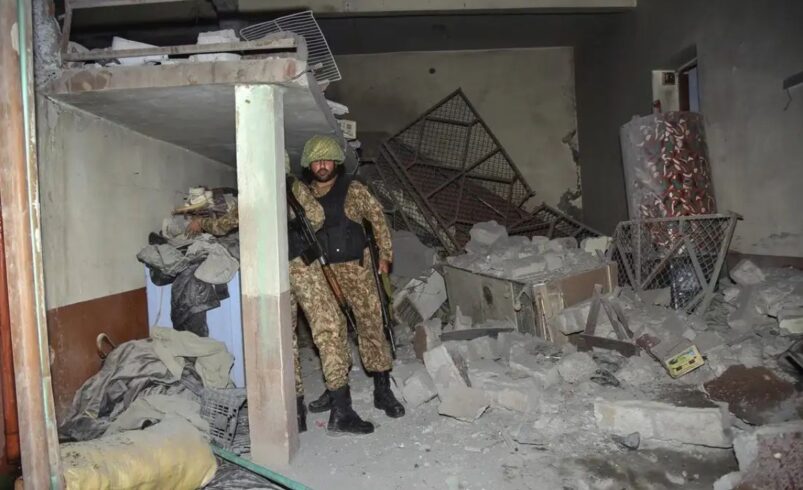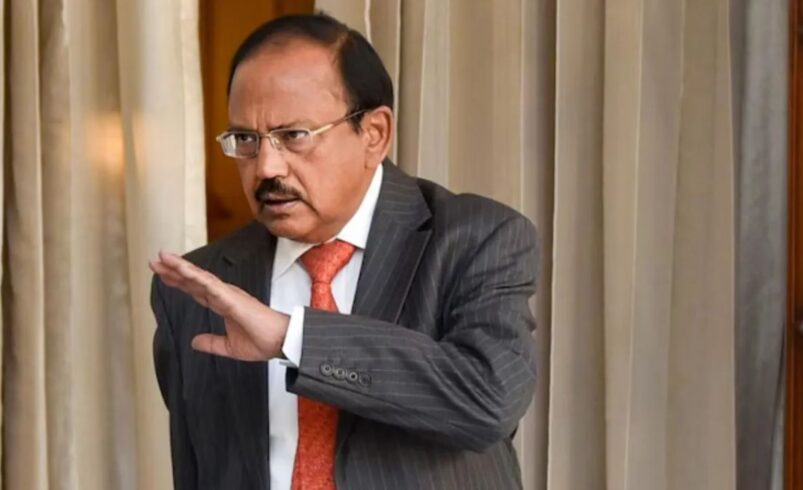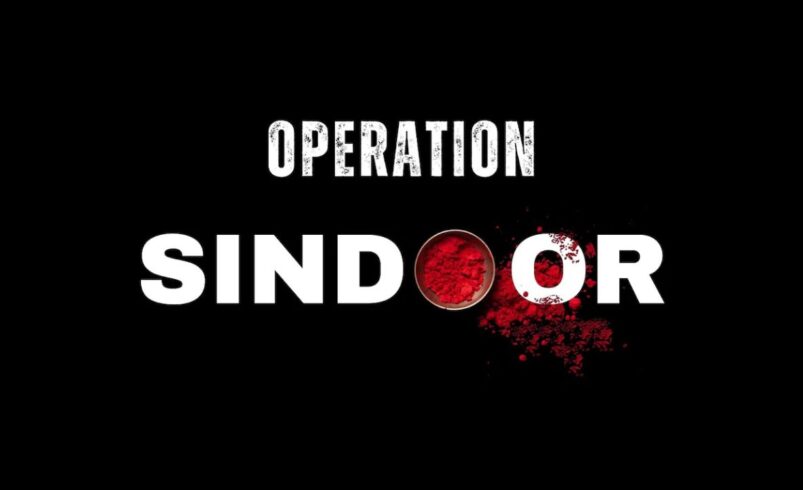On April 22, 2025, a devastating terrorist attack in Pahalgam, Jammu and Kashmir, claimed the lives of 26 civilians, predominantly tourists. The Indian government attributed this heinous act to Pakistan-based militant groups, notably Lashkar-e-Taiba and Jaish-e-Mohammed. This incident intensified the already strained relations between India and Pakistan, prompting New Delhi to consider decisive countermeasures. The attack not only shocked the nation but also underscored the persistent threat posed by cross-border terrorism, compelling the Indian leadership to respond with urgency and resolve.
Operation Sindoor: Execution and Strategic Targets
In the early hours of May 7, 2025, India launched “Operation Sindoor,” a meticulously planned military operation targeting nine terrorist infrastructure sites in Pakistan and Pakistan-occupied Kashmir (PoK). The operation was a coordinated effort involving the Indian Army, Air Force, and Navy, utilizing precision-guided munitions to minimize collateral damage. The targeted locations included key militant strongholds in Bahawalpur, Muridke, and Sialkot in Pakistan, as well as five sites in PoK known for harboring terrorist training camps and logistical hubs. The Indian Armed Forces emphasized that the strikes were focused on dismantling terror networks without targeting Pakistani military installations, showcasing a measured approach aimed at neutralizing threats while avoiding broader escalation.
Immediate Aftermath and Regional Repercussions
The immediate aftermath of Operation Sindoor saw heightened military alertness along the Line of Control (LoC), with reports of artillery exchanges and increased troop deployments. Pakistan condemned the strikes, labeling them as unprovoked aggression, and claimed to have shot down multiple Indian aircraft—a claim that India denied. The situation led to the suspension of civilian air traffic in the region and the closure of educational institutions in sensitive areas. Internationally, the operation drew varied reactions, with some nations urging restraint and others expressing support for India’s right to self-defense. The strikes also sparked discussions on the effectiveness of cross-border counterterrorism measures and their implications for regional stability.
Political Discourse and Public Sentiment
Domestically, Operation Sindoor received widespread support across the political spectrum, with leaders lauding the government’s decisive action against terrorism. Prime Minister Narendra Modi addressed the nation, affirming India’s commitment to safeguarding its citizens and sovereignty. Public sentiment echoed this resolve, with social media platforms witnessing a surge in patriotic expressions and solidarity with the armed forces. Opposition parties, while supportive of the action, called for a comprehensive strategy to address the root causes of terrorism and to engage in diplomatic efforts to prevent future escalations. The operation also reignited debates on national security policies and the need for robust intelligence and defense capabilities.
Strategic Implications and Future Outlook
Operation Sindoor marks a significant moment in India’s counterterrorism strategy, demonstrating a willingness to undertake precise military actions to neutralize threats beyond its borders. The operation’s success in targeting specific terrorist infrastructures without broader military confrontation may set a precedent for future engagements. However, it also raises questions about the long-term efficacy of such strikes in eradicating terrorism and the potential for retaliatory actions. Moving forward, India’s approach will likely involve a combination of military preparedness, diplomatic engagement, and international collaboration to address the multifaceted challenges of cross-border terrorism and to ensure sustained regional peace and security.
Get the latest in business, markets, startups, and policy—visit businessnewsindia.in for in-depth updates and follow us on Instagram @businessnewsindia.in for daily bites of what matters most.
Source – hindustantimes.com









